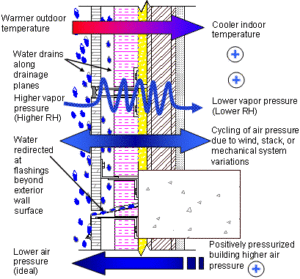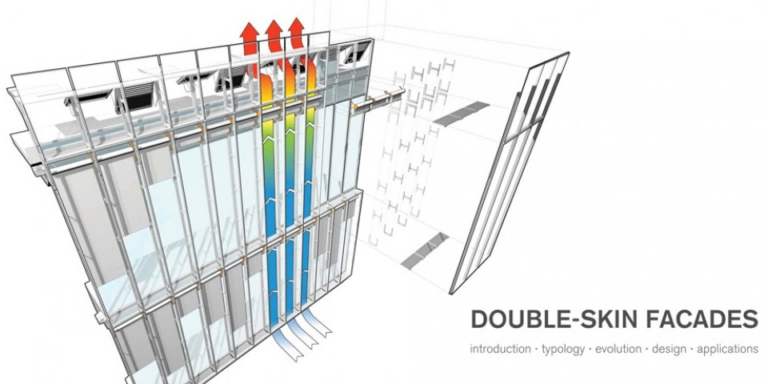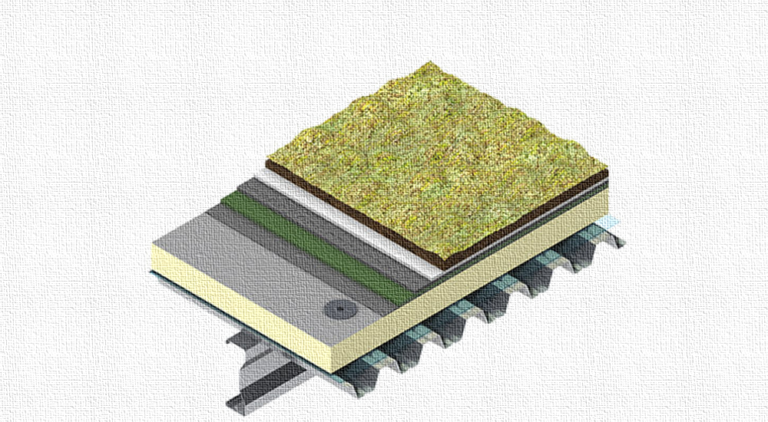The field of building engineering physics combines the existing professions of building services engineering, applied physics and building construction engineering into a single field designed to investigate the energy efficiency of old and new buildings. The application of building engineering physics allows the construction and renovation of high performance, energy efficient buildings, while minimizing their environmental impacts.
Building engineering physics addresses several different areas in building performance including: air movement, thermal performance, control of moisture, ambient energy, acoustics, light, climate and biology. This field employs creative ways of manipulating these principal aspects of a building’s indoor and outdoor environments so that a more eco-friendly standard of living is obtained. Building engineering physics is unique from other established applied sciences or engineering professions as it combines the sciences of architecture, engineering and human biology and physiology. Building engineering physics not only addresses energy efficiency and building sustainability, but also a building’s internal environment conditions that affect the comfort and performance levels of its occupants.
Throughout the 20th century, a large percentage of buildings were constructed completely dependent on fossil fuels. Rather than focusing on energy efficiency, architects and engineers were more concerned with experimenting with “new materials and structural forms” to further aesthetic ideals. Now in the 21st century, building energy performance standards are pushing towards a zero carbon standard in old and new buildings alike. The threat of global change and the need for energy independence and sustainability has prompted governments across the globe to adopt firm carbon reducing standards. A significant way to meet these stringent standards is in the construction of buildings that minimize environmental impacts, as well as the refurbishing of older buildings to meet carbon emission standards. The application of building engineering physics can aid in this transition to reduce energy dependent buildings, provide for the demands of a growing population and better standard of living.
Building engineering physics discusses about:
- Heat, air, and moisture aspects of the building system

- All types of insulation and building envelope materials and systems including polymeric, mineral, cellulose-based, and composites

- New test procedures and improved methods of field measurement
- Heat, Air and Moisture modeling (MOISTHERM: Integrated Heat/Moisture Transfer Envelope Modeling)
- Building interactions with the environment, occupants, and allied building materials, components, and sub-systems.


- Green roofing, double skinned envelopes, envelope as mechanical systems and many other topics


International Association of Building Physics (IABP):
https://www.kuleuven.be/bwf/projects/IABP/
American energy government:
UNIVERSITY OF SOUTH CALIFORNIA, Clean Energy Research Center:
http://www.usf.edu/engineering/cerc/
International Council for Research and Innovation in Building and Construction:
American Society of Heating, Refrigerating and Air-Conditioning Engineers:
International Energy Agency: